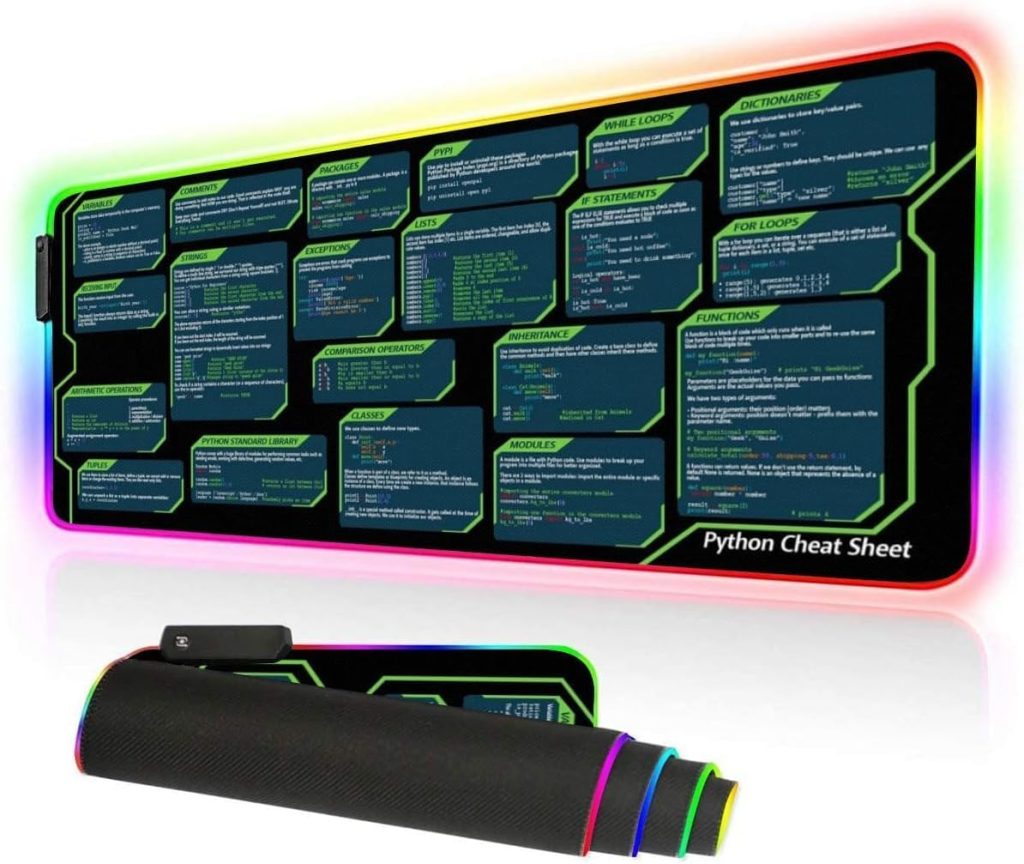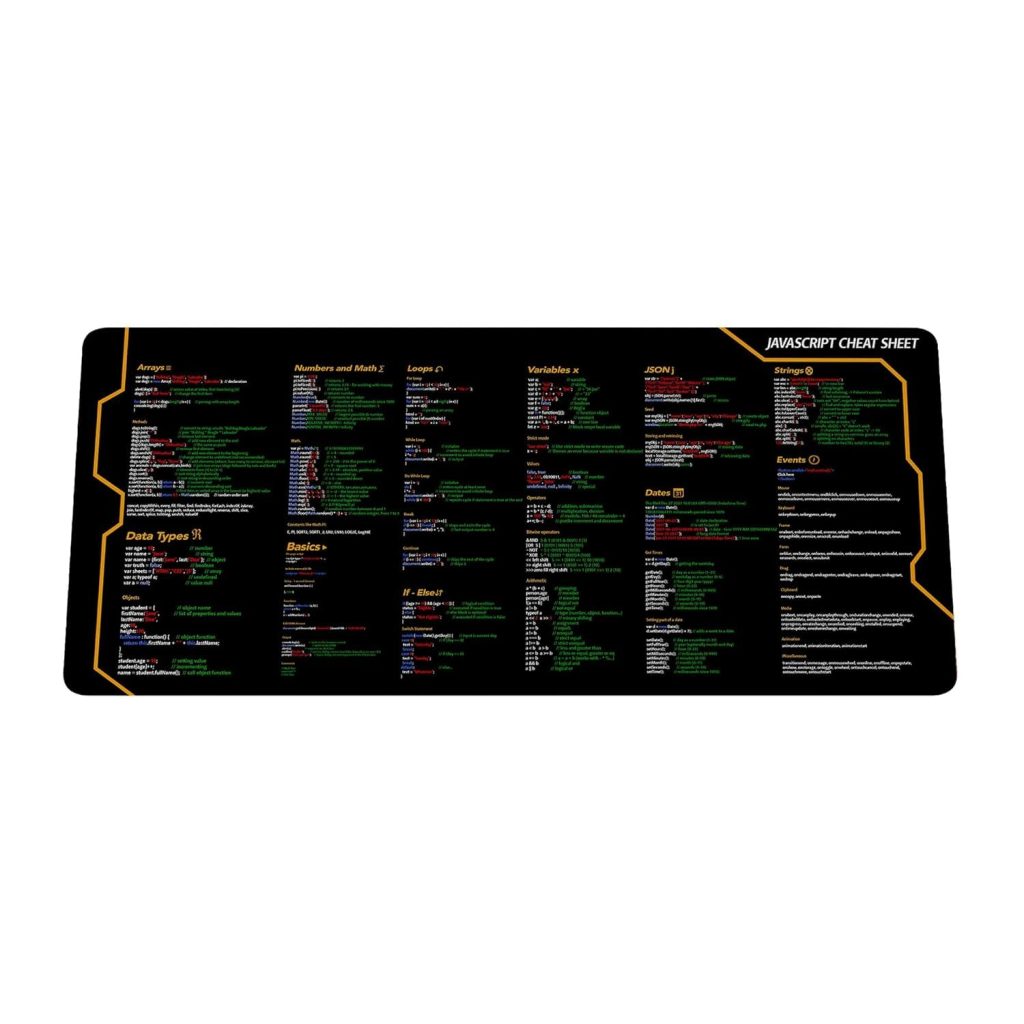
Installing Pygame
Before we dive into game development with Pygame, we need to make sure that we have the Pygame library installed on our system. Pygame is a set of Python modules designed for writing video games. It includes computer graphics and sound libraries, which can be used with the Python programming language.
To install Pygame, we need to have Python installed on our system. If you don’t have Python installed, you can download it from the official Python website. Once you have Python installed, you can install Pygame by running the following command in your terminal or command prompt:
pip install pygame
This command will download and install the latest version of Pygame from the Python Package Index (PyPI). Alternatively, if you are using a virtual environment for your project (which is a good practice), you can activate your virtual environment and run the same command to install Pygame within it.
After the installation process is complete, we can verify that Pygame has been installed correctly by running the following command:
python -m pygame.examples.aliens
If Pygame has been installed correctly, this command will open a window with a small demo game called “Aliens”. You should be able to play around with it to confirm that everything is working fine. If the game runs without any errors, congratulations, you’ve successfully installed Pygame and are ready to start developing your own games!
Now that we have Pygame installed, we can proceed to the next step of creating our game window and starting to build the game’s foundation.
Creating the Game Window
Creating the game window is the first step in bringing our game to life. Pygame provides a simple and straightforward way to create a window that serves as the canvas for our game. To start, we need to initialize Pygame and set up the display surface where all our graphical elements will be drawn.
import pygame
# Initialize Pygame
pygame.init()
# Define the dimensions of the game window
window_width = 800
window_height = 600
# Create the game window
game_window = pygame.display.set_mode((window_width, window_height))
# Set the title of the window
pygame.display.set_caption('My Pygame Window')
# Start the game loop
running = True
while running:
# Check for events such as closing the window
for event in pygame.event.get():
if event.type == pygame.QUIT:
running = False
# Update the display
pygame.display.flip()
# Quit Pygame when the loop ends
pygame.quit()
This code snippet is a fundamental structure for creating a game window in Pygame. First, we import the Pygame module, then initialize it with pygame.init(). We define our window’s width and height and use these dimensions to set up our display surface with pygame.display.set_mode(). We also set a caption for our window so players can identify the game easily on their taskbar or window list.
The most important part of this code is the game loop. The game loop continually runs during the game, checking for events such as user inputs or actions that should cause the game to close. Inside this loop, we use pygame.event.get() to check for any events and act accordingly – in this case, we terminate the loop if a QUIT event (e.g., clicking on the close button of the window) is detected. After processing all events, we update the display with pygame.display.flip(), which ensures that anything drawn on the window is rendered and visible to the player.
In this subsection, we’ve seen how easy it is to create a window where our game will come to life. With this basic setup, we can now move on to implementing the game logic and adding interactive elements to make our game engaging and enjoyable.
Implementing Game Logic
Now that we have our game window set up, it’s time to start implementing game logic. Game logic is what makes your game interactive and playable. It involves detecting user inputs, updating the game state, and rendering the updated state to the screen. Let’s dive into how we can add some basic game logic to our Pygame project.
import pygame
import sys
# Initialize Pygame
pygame.init()
# Set up the display
window_width = 800
window_height = 600
game_window = pygame.display.set_mode((window_width, window_height))
pygame.display.set_caption('My Pygame Game')
# Game loop
running = True
while running:
# Event handling
for event in pygame.event.get():
if event.type == pygame.QUIT:
pygame.quit()
sys.exit()
# Game state updates
# (update game objects, check for collisions, etc.)
# Rendering
game_window.fill((0, 0, 0)) # Clear screen with black
# (draw game objects to screen)
pygame.display.flip() # Update screen
# Clean up
pygame.quit()
In the above example, we’ve imported the sys module along with pygame. The sys module will allow us to cleanly exit our program when the user closes the window. In our game loop, we now include a comment placeholder for where we’ll update our game state and another for rendering objects to the screen.
One of the simplest forms of user input is detecting key presses. Here’s how you might modify the event loop to respond to a user pressing the Esc key:
for event in pygame.event.get():
if event.type == pygame.QUIT:
pygame.quit()
sys.exit()
elif event.type == pygame.KEYDOWN:
if event.key == pygame.K_ESCAPE:
pygame.quit()
sys.exit()
This code checks if any key has been pressed using the KEYDOWN event and then checks if that key is the Escape key (K_ESCAPE). If it is, the program exits just as it would if the user closed the window.
Beyond basic event handling, you can start building out your game’s specific logic. For example, if you’re making a platformer game, here you would check for collisions between your player character and platforms, update player position based on user inputs like jumping or moving left/right, apply gravity to your character, etc.
Another critical aspect of the game logic is to keep track of states like scores, player health, and more. These could be implemented as global variables or within a dedicated object/class that handles your game state.
Finally, with all of your logic in place, you need to update your rendering code to draw your game objects according to their updated states. Here’s an example where we draw a simple rectangle to represent the player:
# Rendering
game_window.fill((0, 0, 0)) # Clear screen with black
player_rect = pygame.Rect(400, 300, 50, 50) # Create a rect representing player
pygame.draw.rect(game_window, (255, 0, 0), player_rect) # Draw rect in red
pygame.display.flip() # Update screen
This code block would clear the screen to black each frame and then draw a red rectangle at position (400,300) with a width and height of 50 pixels. As you implement your game logic and continuously draw to the screen within your game loop, you’ll see your game come to life bit by bit!






